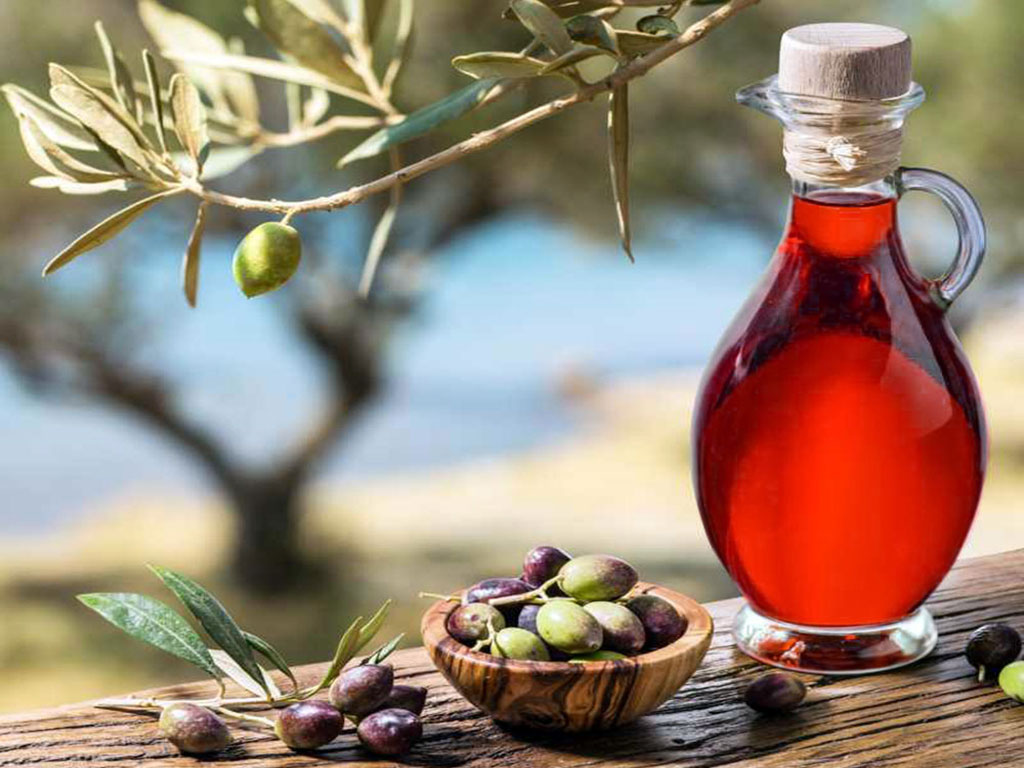St. John’s Wort oil is produced from balsam (scientifically perforated, Hypericum perforatum) which is a plant of the genus Hypericum. It was known in Ancient Greece as hypericum, while in modern Greece it is known as balsam or sword grass, while in foreign (English) literature it is referred to as St. John’s wort.
Contains hypericin and pseudo-hypericin, flavonoids (16% in the leaves), xanthones, phenolic acids and essential oils (0.13% in the whole plant).
Uses
The well-known spatholado has red color and actively effective within 3 days, as a miraculous healing medicine, excellent for burns, as well as anti-inflammatory.
In general, Hyperici oil is used to treat wounds, burns and ulcers, external but also the stomach (for internal use), while the infusion of the plant is used against various diseases of the lungs and urinary tract. It has a soothing or even healing effect on bruises, scars, stings, burns, abrasions. The decoction of the plant is against dysentery, jaundice, liver diseases and even ulcers. Balsam was used systematically to treat general mental exhaustion and stress. Numerous studies have supported the effectiveness of sword grass as a treatment for depression, but the results remain empirical as the mechanism of action has not been clarified. The various beneficial effects of St. John’s Wort oil are not only found in the health sector.
Balsam dyes (red and yellow) are used in Europe to dye woolen and silk threads.
St. John’s Wort oil making
Put only the flowers from the balsmam in a glass jar and then fill our vase with olive oil until it covers the flowers. Close the jar with a lid and place it in the sun for about 30 days. Once a day we mix the St. John’s Wort oil. The olive oil in our jar will start to change color within the first hours and turn red. When the days are over, strain the contents of the vase to remove the flowers. The St. John’s Wort oil is ready to use.



